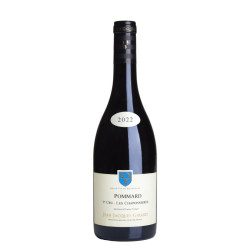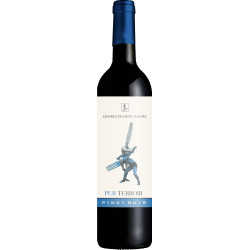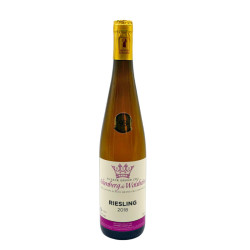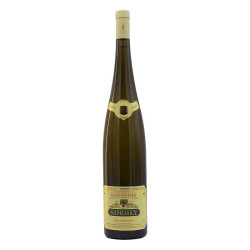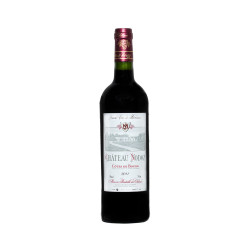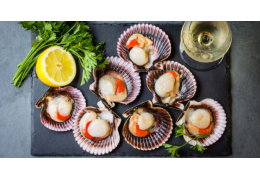Free delivery on purchases of €150 or more per winegrower in France and €250 in Europe (excluding United Kingdom)
Free delivery on purchases of €150 or more per winegrower in France and €250 in Europe (excluding United Kingdom)
-
- Great Offer
-
Our wines
-
-
By colors
-
All the wines
-
-
-
All Regions
-
-
-
-
Our organic & natural wines
-
-
Our Champagnes & Spirits
-
-
All Champagnes
-
-
Spirits
-
All the spirits
-
-
-
Our winemakers
-
-
-
winemakers
-
-
-
Our advice
-
-
Find your wine
-
-
-
- Our commitment !
-
- Great Offer
-
Our wines
-
-
By colors
-
All the wines
-
-
-
All Regions
-
-
-
-
Our organic & natural wines
-
-
Our Champagnes & Spirits
-
-
All Champagnes
-
-
Spirits
-
All the spirits
-
-
-
Our winemakers
-
-
-
winemakers
-
-
-
Our advice
-
-
Find your wine
-
-
-
- Our commitment !
Let's eat !
TURKEY AND CAPON: CHOOSING THE RIGHT WINE FOR CHRISTMAS

Turkey and Capon: What Wine to Choose for Christmas
Poultry has long been a dish associated with the holiday season, and it is highly likely that you have planned to serve it for your Christmas meal. But did you know that this dish was a tradition long before Christmas? In fact, December 25th was celebrated in many cultures before the advent of Christianity.
In ancient Rome, December 25th marked the “Dies Natalis Solis Invicti,” or the “day of the birth of the unconquered sun.” This date coincided with the winter solstice, when the sun stops descending and begins to rise again visibly. The days start getting longer, signaling that the sun has not been defeated and will ensure another harvest.
It was during this festival that poultry began to be consumed, initially with the goose representing the sun bird. Later, the capon replaced the goose when the Romans discovered that a castrated rooster gained weight more easily, and then the turkey after its discovery in the Americas by the Spanish.
Understanding Wine Pairings with Capon
A capon is a castrated rooster. The tradition of the capon began during a period of frugality when the Roman senator Caius Fannius Strabo passed a law to limit the luxurious consumption of fattened pullets, which were costly in terms of grain.
Unable to give up their luxury, the Romans discovered that a castrated rooster developed much more mass and tender flesh. Another characteristic: the capon’s skin is thin and lustrous.
Today in France, the capon is often served with a stuffing of chestnuts and finely chopped mushrooms (mainly morels). The Bresse capon is probably the most renowned.
The wine pairing will depend on the tender flesh and the flavors of the stuffing. While the tender flesh might suggest a red wine, it could also intensify tannins that are too young.
On the other hand, a well-chosen white wine can be an excellent match for this dish, complementing the flavors of the mushrooms and chestnuts.
Understanding Wine Pairings with Turkey
The turkey owes its name to a colonial misunderstanding by the conquistadors. Originally, it was brought to Europe from the Americas under the name “Poule d’Inde” (Indian Hen).
Quickly recognized for its taste and still rare at the time, it became a prestigious dish and was raised in poultry yards as early as the 1500s. Unlike the capon, turkey has firmer flesh that can dry out the mouth.
This characteristic will be crucial in preparing and pairing a turkey dish. It can be counterbalanced with a suitable wine or complemented with a stuffing.
Classic Pairings
For Capon:
The best pairing for capon is a white wine. To elegantly complement the tender flesh of the capon and echo its winter flavors, the wine should have some years of aging.
Choose an aromatic variety that ages well in the bottle. Notable examples include Alsace Grand Cru Rieslings or Chenin Blancs from the Loire, such as Anjou Blancs.
For Turkey:
The classic pairing for turkey is also a white wine. The wine should tenderize the meat and offer a pleasing fullness and velvety texture balanced by refreshing acidity. Suitable options include Chenin Blanc-based wines (such as Jasnières from the Loire), Jura Savagnins, or Savoie Altesse.
For a stuffed turkey, complex wines are preferable, such as aged Burgundy whites or aged Northern Rhône whites.
More Unusual Pairings
For Capon:
You can explore pairing capon with an aged, mellow red wine. This combination contrasts the tender meat with the velvety tannins of a red wine, and the autumnal flavors of the wine will complement the dish’s flavors.
It is crucial to select a wine with several years of aging (around ten years, depending on the appellation) to avoid harsh tannins. Consider Bordeaux crus, Burgundy communal appellations, or a good Côtes-du-Rhône village.
If choosing Bordeaux, look for wines older than ten years. In contrast, a Côtes-du-Rhône village can accompany a capon from around seven to eight years of age.
For Turkey:
An unconventional pairing of turkey with red wine is possible but more risky. The strength and presence of tannins might clash with the firm texture of the turkey in an unpleasant way. Opt for a red wine low in tannins and relatively young to provide refreshing acidity that lightens the dish. This description points to Burgundian wines aged from three to five years.
Our nuggets
Related articles

WHAT WINES TO SERVE AT CHRISTMAS? THE BEST CHRISTMAS WINE AND FOOD PAIRINGS
Christmas is fast approaching and with it, the traditional Christmas meal.

CHAMPAGNE, THE IDEAL WINE TO CELEBRATE CHRISTMAS
What to drink as an aperitif at Christmas and New Year's Eve? The question d...
